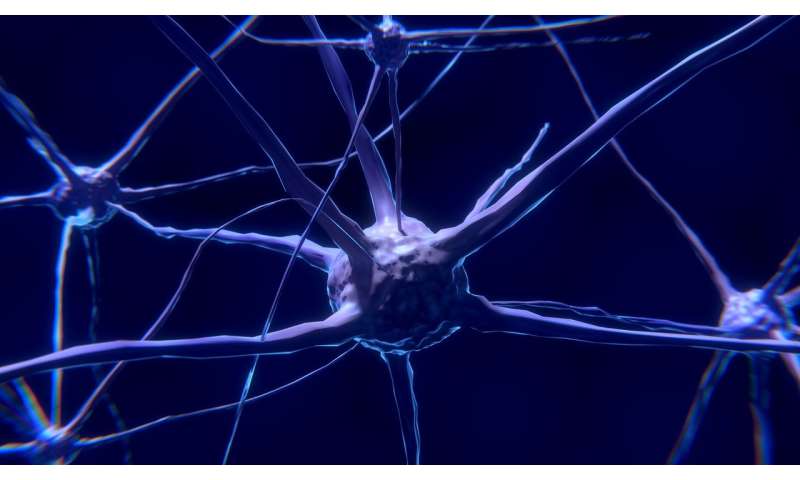Mapping how the brain regulates stress


As the weeks of self-isolation tick by, people are seeking ways to manage stress in the absence of normal interactions. Previous studies have shown the value of self-affirmation in lowering and managing stress.
A team of researchers at Carnegie Mellon University identified possible neural pathways that may explain how self-affirmation works. They found greater neural activity in the reward pathway, the ventromedial prefrontal cortex (VMPFC), that subsequently reduces activity in the region focused on identifying threat, the left anterior insula (AI).
The results are available online in the journal Social Cognitive and Affective Neuroscience.
“Reward is often seen as a positive experience while stress is the opposite,” said Janine M. Dutcher, research scientist and lab director for CMU’s Health and Human Performance Lab and first author on the study. “We know that some behavioral interventions can activate the reward system, but this is the first time we can show that one such intervention also reduces the threat-stress response in the brain.”
Previous studies found stress can trigger the autonomic, cardiovascular, neuroendocrine and immune systems as physiological response, while self-affirmation helps to regulate this stress response. To understand how self-affirmation works, the team focused on the correlation between activity in reward structures and threat-stress of the brain.
The team explored the connectivity between ventromedial prefrontal cortex (VMPFC) and ventral striatum (VS), which regulate rewards, and the dorsal anterior cingulate cortex (dACC) and anterior insula (AI), which regulate the threat response. They explored how the two regions interacted when participants practiced self-affirmation compared to control during periods of stress.
The study included 25 college-aged humanities and social science majors who performed complex math problems while being scanned in a functional MRI. The participants who were in the self-affirmation group received self-affirmation messages to reflect on values provided and evaluate their importance in the individual’s life before solving the math problem. The control group was asked to perform an alphabetization task before solving the math problem. The tasks were interspersed such that either a self-affirmation or non-affirmation block preceded each type of math block.
Similar to past studies, the team found self-affirmation led to lower self-reported feelings of stress and enhanced performance in response to the stressful math problems compared to non-affirmation control. Like a seesaw, the reward region of the brain (VMPFC) appeared to enhance activity, while the region that detects threat (AI) appeared to show less activity.
“As you see one activity increase in one region there is a corresponding decrease in another region,” said Dutcher. “This is statistically happening around the same time but we do not yet understand what is controlling this communication.”
According to Dutcher, self-affirmation is accessible to everyone. It has little to no cost, requires no special tools or therapy sessions. It is a practice that a person can engage in spontaneously or with intention.
“The COVID-19 pandemic is creating all sorts of new stresses and challenges due to isolation,” said David Creswell, associate professor of psychology and senior author on the study. “Self-affirmation activities are a simple and powerful evidence-based tools for helping remind us of our values and what we care most about during these difficult times.”
Source: Read Full Article




